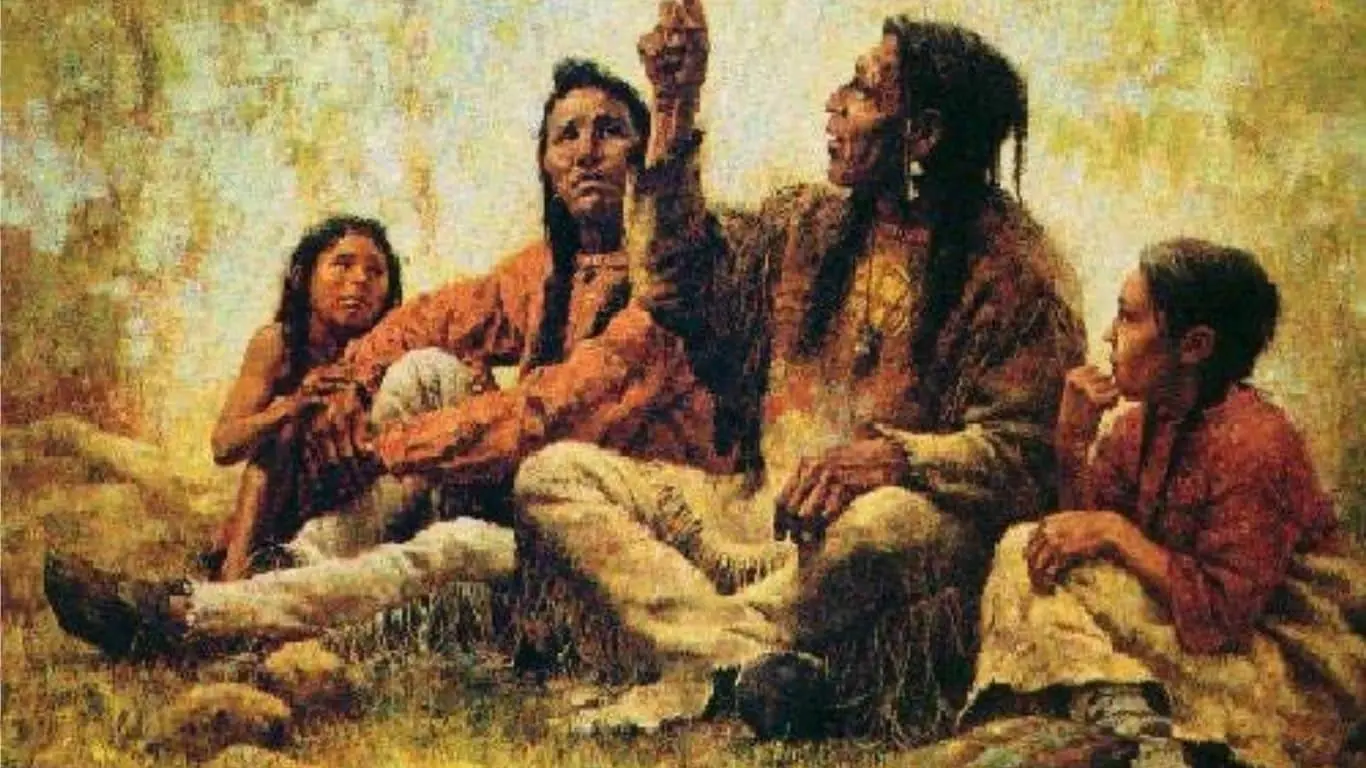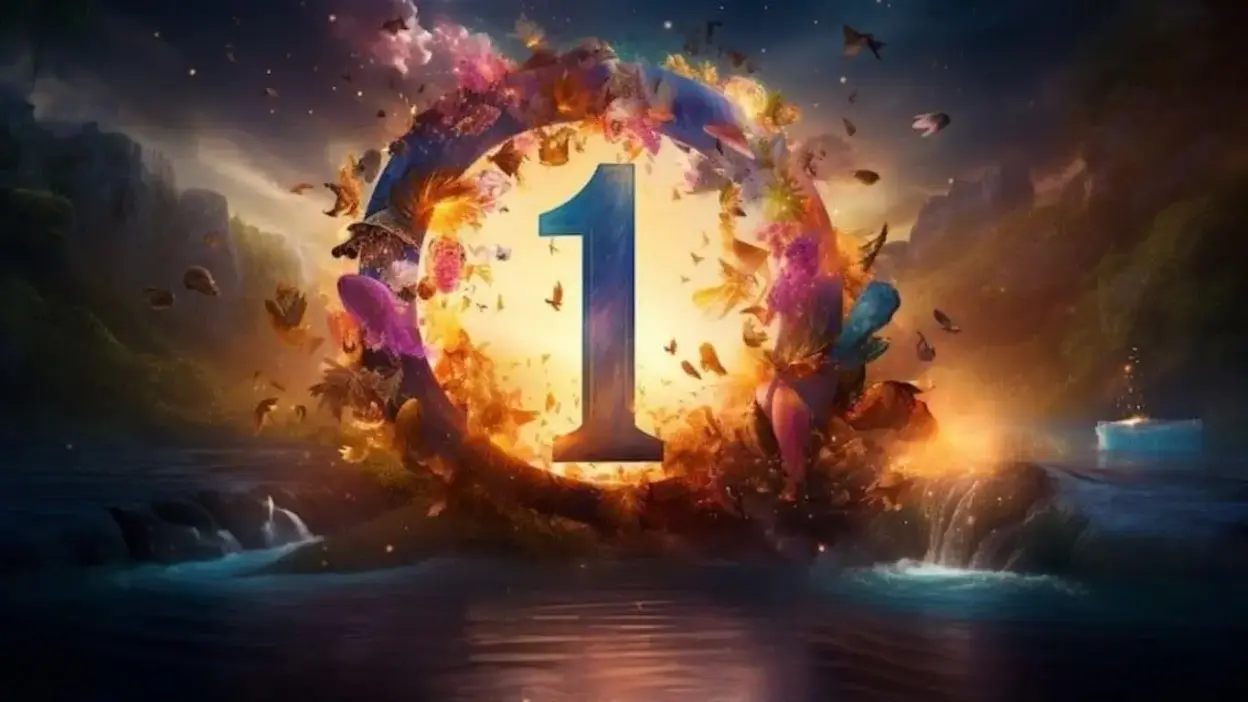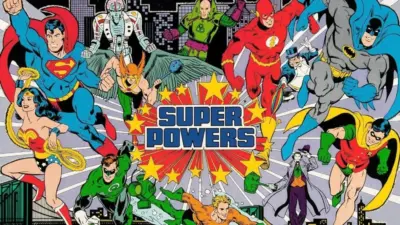In the vast tapestry of mythologies, the seemingly simple number 1 unfolds into a complex symbol laden with significance. Beyond its mathematical essence, cultures worldwide have woven narratives that attribute profound meanings to this singular digit. Join us on a journey as we explore the ‘Significance of number 1 in different mythologies.’
Significance of number 1 in different mythologies
Hindu Mythology

In the vast expanse of Hindu cosmology, the number 1 finds its deepest resonance in the concept of “Brahman.” This unchanging, infinite reality serves as the wellspring from which all of existence flows. Symbolized by the sacred syllable “Om,” Brahman encompasses the essence of the cosmic sound, unifying the diverse forms within the universe. The Trimurti—comprising Brahma, Vishnu, and Shiva—further elaborates on the multifaceted nature of the singular source, illustrating the cosmic dance of creation, preservation, and destruction.
Greek Mythology
Ancient Greek philosophy introduces the concept of the “Monad,” an embodiment of primordial unity and the ultimate divine source. Pythagoras, the esteemed mathematician and philosopher, intertwines mathematical mysticism with this concept. The Pythagorean Theorem, a cornerstone of mathematical principles, hints at the profound connection between numerical patterns and cosmic understanding, revealing the intricate relationship between the Monad and the mathematical fabric of the universe.
Norse Mythology

Norse mythology unfolds the significance of the number 1 through the World Tree, Yggdrasil. This colossal tree stands as a symbol of interconnectedness, with its roots delving into the deepest realms and branches reaching the highest heavens. Ginnungagap, the primordial void, accentuates the unity that precedes the material world, underlining the interconnectedness of all life within the grand tapestry of existence.
Chinese Mythology
Within the rich tapestry of Chinese cosmology, the number 1 is intricately woven into the concept of “Tao,” an eternal and unchanging principle. The Taiji symbol visually encapsulates the dynamic interplay of dualities emerging from the singular Tao. The myth of Pangu further illustrates creation unfolding harmoniously from this singular, undivided source, accentuating the interconnected dance of creation.
Egyptian Mythology

Ancient Egypt venerates the number 1 through Ra, the sun god symbolizing the singularity of cosmic power. The Ennead, a grouping of nine deities in Heliopolis, reveals the importance of the singular source within the Egyptian creation myth. The Benben Stone, associated with the primeval mound and the birthplace of creation, further emphasizes the centrality of the singular source in Egyptian cosmogony.
Mesopotamian Mythology
Mesopotamian mythology introduces An, the Sumerian sky god, as a representation of cosmic unity. The Enuma Elish, the Babylonian creation epic, weaves a tale of cosmic order emerging from the struggle against primordial chaos embodied by Tiamat and Apsu. The number 1 manifests in the form of An, the singular force that brings order to the cosmic landscape.
Native American Mythology

Native American mythologies resonate with the concept of the number 1 through the Great Spirit, embodying a unifying force that connects all of creation. The Medicine Wheel, a sacred symbol in many Native American cultures, stands as a visual representation of unity and the interconnectedness of all life. Creation stories across tribes offer diverse perspectives on the singular source of existence, emphasizing the richness of cultural interpretations.
Aztec Mythology
Aztec mythology introduces Ometeotl as the dual creator, embodying both feminine and masculine aspects. The Sun Stone, a remarkable artifact intricately carved with symbolic significance, serves as a powerful representation of cosmic order emanating from the singular source. The dynamic interplay between Quetzalcoatl and Tezcatlipoca adds depth to the understanding of dualities within the creation narrative, revealing the intricate dance of forces within the cosmic order.
African Mythology

African mythologies exhibit diverse interpretations of the number 1. Nyame, the Ashanti supreme sky god, and Olorun, the Yoruba creator, symbolize singular cosmic forces responsible for the creation and maintenance of the universe. The Akan myth of Anansi and Nyankopon explores the relationship between the singular and dynamic elements within the African narrative, reflecting the intricate cosmological perspectives across different African cultures.
Mesoamerican Mythology
Mesoamerican mythologies delve into the number 1 through Hunab Ku, the central deity of the Maya. The concept of the Four Tezcatlipocas in Aztec cosmology further emphasizes the multifaceted nature of the singular source. Additionally, the Mazatec myth of the Cosmic Turtle adds a unique perspective to the understanding of the singular source, reflecting the diversity of cosmological narratives within Mesoamerican cultures.
Also Read: Famous Mythological Swordsmen





